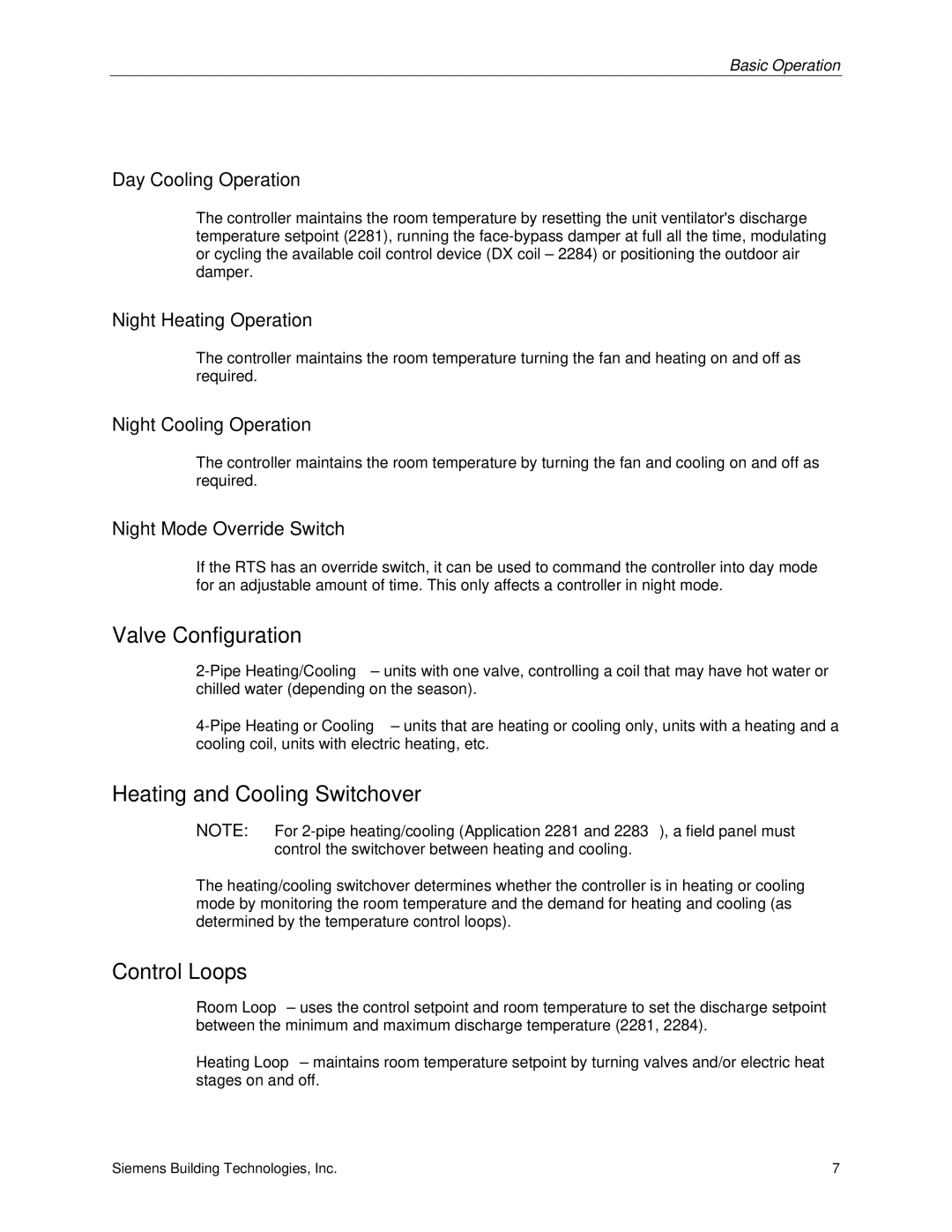125-1957 specifications
Siemens 125-1957, a notable creation of the German engineering giant Siemens, is recognized for its innovative design and advanced technology in the realm of electrical engineering. This model is emblematic of the mid-20th century's commitment to optimizing electrical machinery for industrial applications, contributing to enhanced productivity and efficiency.One of the main features of the Siemens 125-1957 is its robust construction, designed to withstand the demanding environments of industrial settings. The body of the machine is built from high-grade materials, ensuring durability and longevity. It is also designed to minimize vibration and noise during operation, thus enhancing the user experience.
Technologically, the Siemens 125-1957 incorporates advanced electric motor technology, which provides reliable performance across a variety of applications. The motor is designed for high efficiency, allowing it to operate effectively under load while consuming less energy. This efficiency is crucial in industrial applications where operational costs are significant. The motor is also equipped with thermally protected windings, which prevent overheating and extend the service life of the equipment.
The 125-1957 model is characterized by its adaptability in various operational settings. It is compatible with a range of automation systems, making it a versatile choice for factories and production lines. Its design allows for easy integration with existing equipment, minimizing downtime during installation.
Moreover, the Siemens 125-1957 boasts a user-friendly interface, making it accessible for operators with varying levels of expertise. It comes with comprehensive safety features, including circuit protection and emergency stops, ensuring that it meets the strict industrial safety standards.
In summary, the Siemens 125-1957 represents a blend of robust design, advanced motor technology, and user-oriented features. With its energy-efficient performance and adaptability, it stands out as a key asset in industrial electrical engineering, demonstrating Siemens' commitment to innovation and quality in the manufacturing sector. This model continues to be relevant, supporting various industries in their pursuit of efficiency and reliability.
